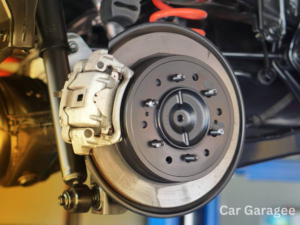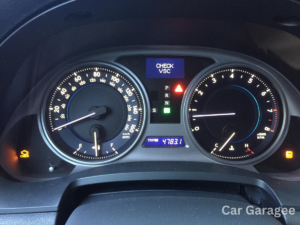Understanding the ideal oil pressure at idle is vital to keeping your car’s engine in shape. If it drops too low while idling, the engine may not receive enough lubrication, causing parts to wear out quickly due to friction and heat. Low oil pressure is a critical warning sign that shouldn’t be ignored. Many drivers have noticed a dip in oil pressure when the engine is idle, so what’s considered normal, and why does this happen?
What Is Normal Oil Pressure At Idle?
It is critical for your engine’s smooth operation. However, it varies based on engine type, oil viscosity, and operating temperature. To determine what oil pressure should be at idle, first let’s have an overview of oil pressure.
What Is Oil Pressure?
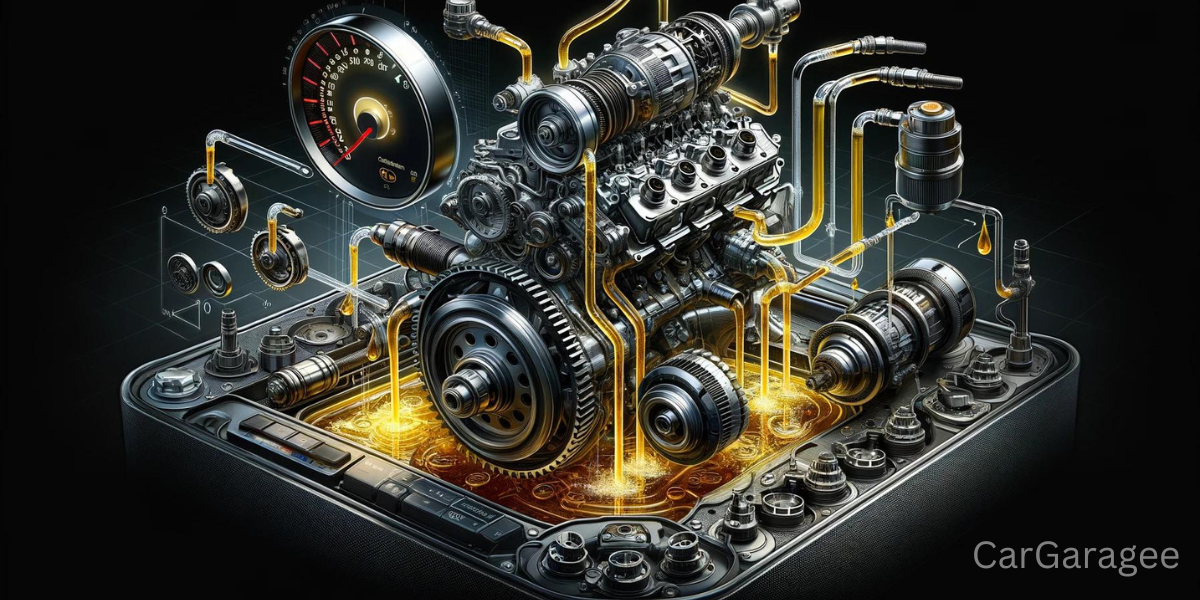
It measures how forcefully oil circulates through your engine to keep it lubricated and running smoothly. It is created by the oil pump, which pushes oil through the engine to lubricate moving parts before returning to the oil pan to repeat the cycle. Ideally, oil pressure should stay between 25 and 65 PSI, depending on your car’s model. If pressure stays too high or dips too low, it signals an issue with the lubrication system that can cause engine problems.
Most cars have an oil pressure sensor that triggers a dashboard warning light when it detects unusual pressure levels. If this light comes on, check your oil level or inspect the system promptly to prevent engine damage caused by inadequate lubrication.
What Should Oil Pressure Be at Idle
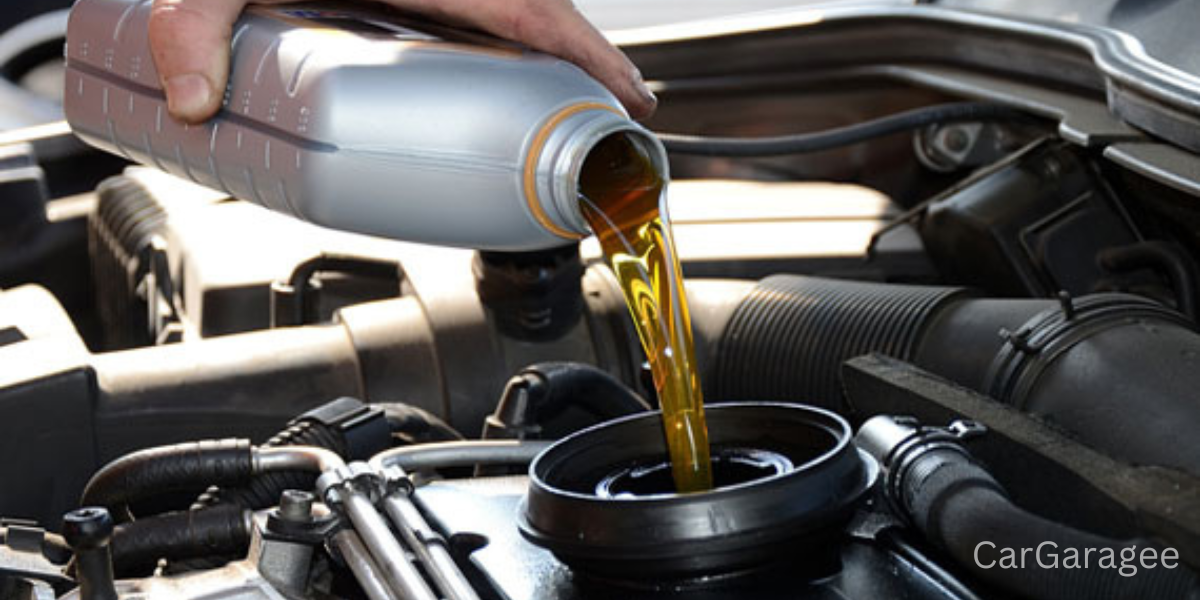
Having the correct oil pressure at idle ensures your engine stays healthy. Oil pressure is measured in PSI (pounds per square inch). When your car is idle and running but not moving, the pressure should be above 20 PSI. Here’s a general guideline for different types of vehicles:
Trucks: For trucks it should be between 20-30 PSI at idle.
Cars: For cars it should be between 25-35 PSI at idle.
The ideal pressure for most cars is around 30 PSI when the engine is idling. This pressure should rise to about 60 PSI when driving at higher speeds to provide adequate lubrication and cooling.
If the oil pressure at idle drops below 20 PSI, you should check it as soon as possible. Low pressure means your engine might not get enough oil, causing metal parts to rub together without proper lubrication. This can lead to overheating and engine damage.
Oil pressure changes with the engine’s speed because the oil pump increases pressure when the engine runs faster. This keeps all engine parts lubricated and relaxed as they move quickly. While idling, the engine doesn’t need high oil pressure, so a range of 20-25 PSI is enough for most engines. Just ensure the pressure increases as you speed up, which is a good sign that your lubrication system works correctly. Keeping the pressure at normal levels will protect your engine and help it run smoothly.
What Causes High Oil Pressure?
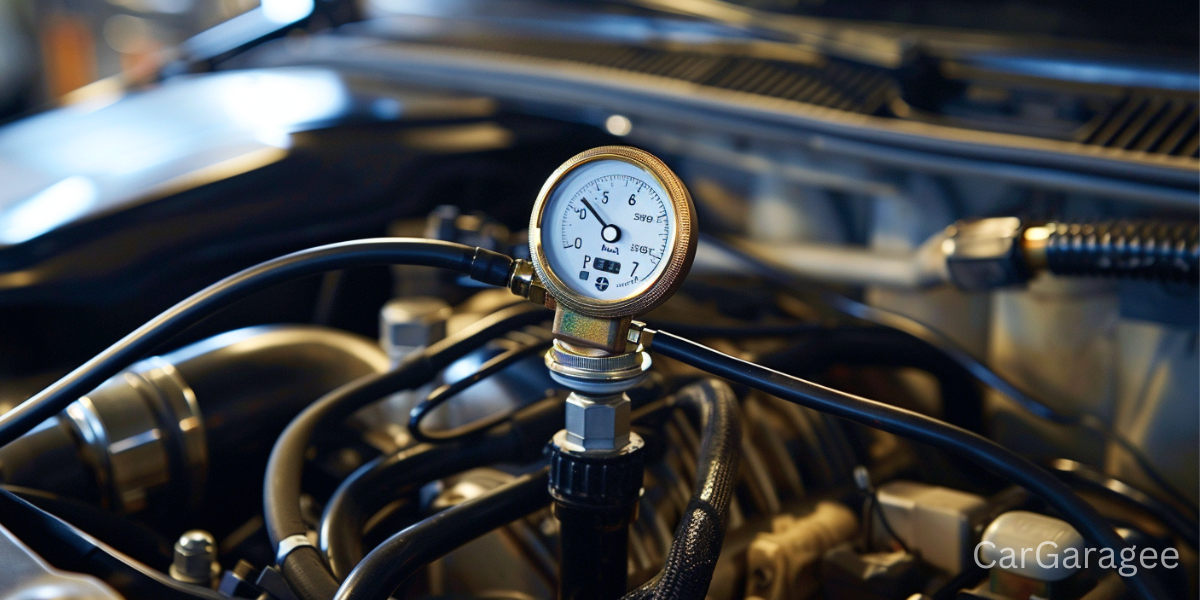
Maintaining normal oil pressure is crucial for your engine’s health. Here are some common reasons why it may become too high:
-
Faulty Oil Pressure Sensor:
The oil pressure sending unit measures pressure and relays it to your dashboard gauge. The sending unit may be faulty if the gauge reads maximum pressure even after the engine warms up. You can confirm this issue with a manual pressure tester, either at home or with help from a mechanic.
-
Dirty or Clogged Oil Filter:
Oil filters remove impurities like dust, soot, rust, and sludge from engine oil. Over time, the filter may become clogged, restricting oil flow and causing high engine oil pressure. Regularly replacing the oil filter can help prevent this.
-
Blocked Oil Passages:
After filtering, oil travels through various passages to reach the crankshaft and other engine components. If these passages are obstructed, oil flow is hindered, which increases resistance and causes high pressure. Routine oil changes and system checks can help catch blockages early.
-
Broken Relief Valve:
The relief valve helps release excess oil when pressure gets too high. If this valve fails, it can trap oil in the system, causing the pressure to spike beyond safe levels. A faulty relief valve should be replaced promptly to restore normal oil pressure.
-
Wrong Oil or Oil Viscosity:
Using oil that is too thick (high viscosity) for your engine can create higher resistance and increase pressure. Conversely, too thin oil (low viscosity) might not provide adequate lubrication. The oil also becomes thicker when cold and thins out when hot, so it’s normal for pressure to be higher at startup. Use oil with the correct viscosity grade for your vehicle and wait about 20 minutes after starting the engine to measure accurate PSI levels.
READ MORE:
What Does Full Bolt On Mean in Car’s?
What Is The Rod Bearing Replacement Cost? Essential Guide
Color Code for Tail Light Wiring: A Comprehensive Guide
How to check oil pressure

When your car unexpectedly stops running, it’s crucial to promptly identify the cause. Common issues include low oil pressure, battery failure, or overheating. Distinguishing between these can save you time and costly repairs.
Identifying the Problem:
To begin, turn the ignition key without starting the engine. If the dashboard lights up but the engine doesn’t start, the issue might relate to the oil pressure or overheating. If the light don’t illuminate, the problem likely lies with the battery.
Checking Oil Pressure Yourself:
Check it yourself if you’re comfortable with essential car maintenance. Here’s how to do it:
- Purchasing Test Kit: These kits are available at most auto parts stores or online. They typically cost between $28 and $183, offering options for various needs and budgets.
- Locate the Pressure Sensor: Check your vehicle’s manual to locate the oil pressure sensor. This is where you’ll connect the test kit.
- Connect the Test Kit: Attach it to the sensor following instructions. Be sure the engine is excellent to avoid any injuries from hot components.
- Read the Pressure: Turn on the engine and read the gauge. Normal oil pressure should generally be between 20 and 30 psi at idle and up to 60 psi at higher speeds. Refer to your vehicle’s manual for specific numbers.
- Interpret the Results: If the pressure is within a normal range, your oil pressure likely isn’t the issue. Low readings could indicate a leak, a bad oil pump, or other engine problems.
How To Fix Low Oil Pressure At Idle?
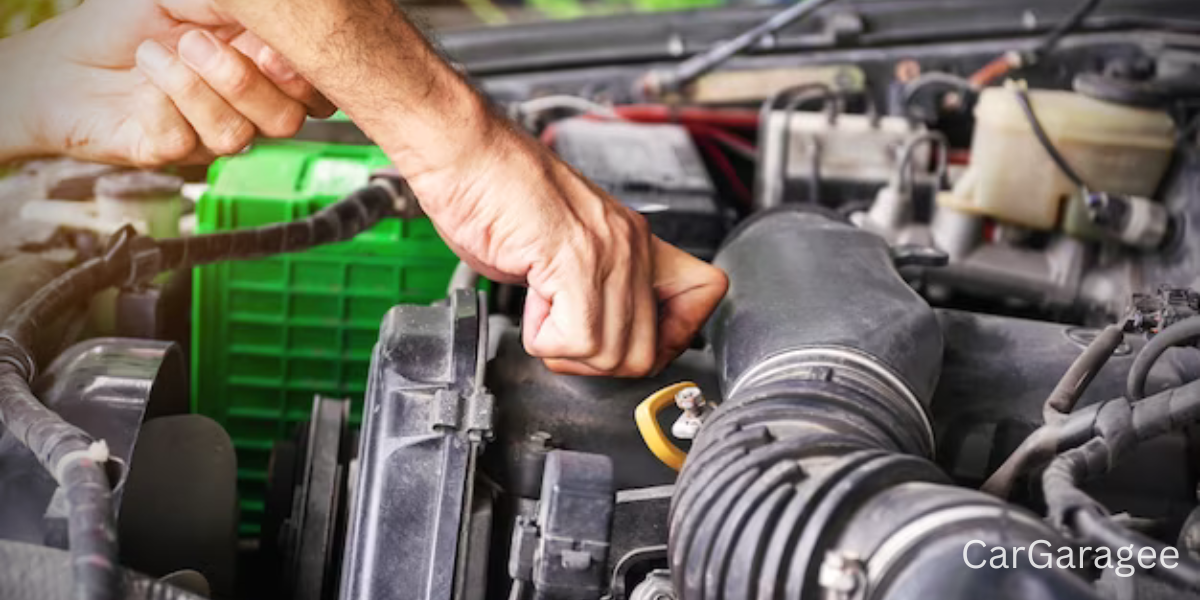
Experiencing low oil pressure in your car when idling can be worrying. Understanding what this might mean for your vehicle and how you can address it is important. Regular checks on it are crucial to keep your engine performing optimally. Here’s a straightforward guide to help you diagnose and fix issues:
Step 1: Verify the Oil Level
First, lift the hood and locate the dipstick to check the oil level in your vehicle. A complete oil level with an active oil pressure warning light can indicate a different issue. However, if the oil level is low, it’s time to top up your oil.
Step 2: Test the Oil Pressure Sensor
The oil pressure sensor can sometimes give false alerts. To test this, detach the sensor and connect a manual pressure gauge. Start your engine and observe the reading. A reading that matches the car manufacturer’s recommended pressure suggests a faulty sensor. A lower reading indicates that the sensor is fine. Still, your pressure is genuinely low, which points to other potential problems.
Step 3: Inspect the Oil Filter and Pump
Don’t overlook the oil filter and pump. Remove the oil filter and inspect it for any blockages or debris. A clogged filter can impede oil flow, leading to low pressure. Most automotive experts recommend changing the oil filter every 10,000 miles. Additionally, ensure the oil pump drive belt is intact and functioning correctly.
Step 4: Examine the Crankshaft Bearings
Finally, check the crankshaft bearings. Visible wear or damage can cause oil to leak, reducing pressure at idle. If wear is detected, replacing the crankshaft bearings and refilling the engine oil may be necessary.
Closing Thoughts
Oil pressure at idle—typically between 20 to 35 PSI—is vital to maintaining your engine’s health. We’ve covered how to detect and fix deviations from this range. Regular monitoring and timely maintenance can prevent serious engine issues. If you have further questions or need assistance, please comment below. Remember, a well-maintained engine leads to a smoother, safer drive.
FAQS
-
What Is Considered Good Oil Pressure?
It keeps your engine running smoothly. When the engine runs, a healthy pressure ranges from 25 to 65 PSI. However, it can vary depending on your vehicle’s make and model.
-
What Is Normal Oil Pressure for a Car?
For most cars it should be between 20 and 30 PSI at idle and rise to about 40-70 PSI at higher engine speeds. It’s essential to consult your owner’s manual for the specific range suitable for your vehicle.
-
Is 20 PSI Oil Pressure at Idle Normal?
Yes, 20 PSI can be normal pressure at idle for some vehicles, especially older models. However, dropping below this level when the engine revs up could indicate a problem that needs checking.
-
What Should My Oil Pressure Be When Driving?
It should generally be higher while driving than at idle, usually between 40 and 70 PSI. This ensures enough oil is circulating to lubricate the engine effectively under higher demands.


